Post by saurchi on May 16, 2015 20:55:17 GMT
Since some people might get bored of being a Dire Wolf or Smilodon, and I feel we already have plenty Smilodons and Dire Wolves, I've decided to create a thread that will focus on giving basic information about a variety of species. It won't go in depth and get specific, it's mostly here as a convenient location for members who may not know much about Prehistoric Animals to learn about some new species they could make characters out of. Generally, It seems to me that most people prefer to role-play as carnivorous or omnivirous animals, so I will do them first. This will be a WIP that will be updated over time.
Carnivores/Omnivores.
Placental Mammals
Felidae (True Cats.)
Smilodon
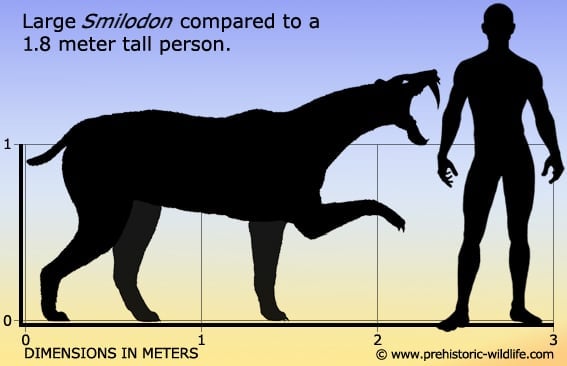
Smilodon is one of the best known saber-toothed cats, and for good reason too. With the largest species weighing in at almost 400 kilograms in some individuals, not only is Smilodon one of the largest machairodonts, it's also one of the largest known felines. However for their size, their bite force was quite weak. Smilodon were unique killers that used precise bites with their canines to kill. However Smilodon are the most numerous species in this role-play, so if you wish for a more unique creature to role-play as, I suggest moving on.
Megantereon
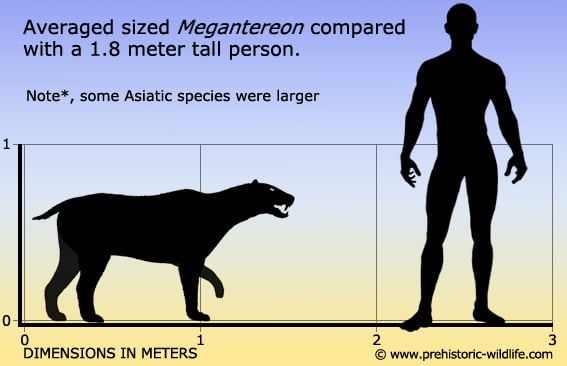
Often thought to be the direct ancestor of Smilodon, Megantereon bears a great resemblance to the earliest and smallest Smilodon species, S. gracilis. A good way to describe Megantereon would be as a Saber-toothed Leopard, although it was built more like a Jaguar, but heavier. The largest ones are thought to weigh in at 160 kilograms or 220-350 lb. However I say Leopard because it's likely Megantereon was an ambush hunter. It's size and well developed forelimbs would have made climbing into trees easy, where it could then leap onto an unsuspecting victim. From there it could quickly sink it's canines into a crucial area like the neck before the prey animal could even react, but if necessary it could have also wrestled the victim and kept it still for a bite to the neck.
Homotherium
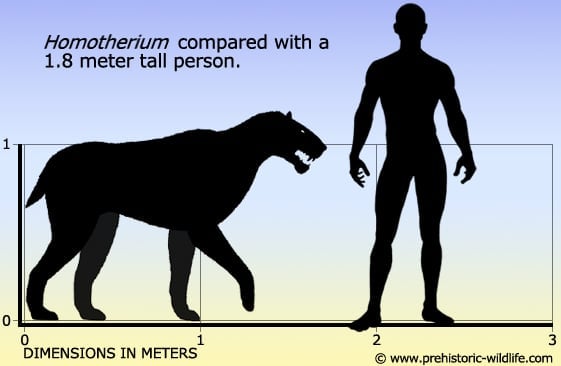
While other cats likely hunted in warmer areas, Homotherium was a big game hunter that dwelled in a cold habitat. Homotherium is actually a scimitar toothed cat, and is not in the same tribe as Smilodon. Being a scimitar toothed cat, it's canines did not extend past the lower jaw like in Smilodon. These were not the only things that made Homotherium stand out. Homotherium had a profile similar to a Hyenas, built for energy efficient travel. Other adaptations included an enlarged nasal opening that would have allowed for a greater rate of respiration and partially plantigrade feet that would allow extra traction with the ground. This may mean Homotherium wore prey down in a manner similar to how wolves will constantly harass a prey animal until it collapses with exhaustion. All these aspects make Homotherium a unique feline hunter adapted for the coldest of environments.
Xenosmilus
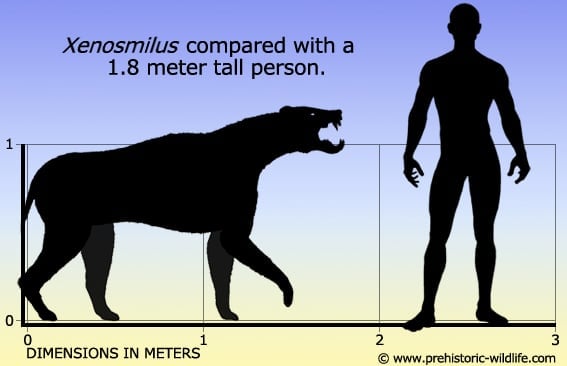
Xenosmilus is a unique member of the Homotherini, as it possessed both stout muscular legs and body structure, and short broad upper canines. Xenosmilus is also a very large cat, with only the largest species of Smilodon being noticeably larger. However Xenosmilus is estimated to weigh between 230-400 kg, putting it in the same weight class. Even though it was smaller, Xenosmilus would have been proportionately stronger for its size. The cats teeth were also more robust possibly indicating that prey was still alive and struggling when they were brought into use. However it would not have to risk teeth breakage too much, as it's immensely powerful build could hold almost any prey animal still.
Dinofelis

One of the most notorious of the saber-tooth's due to evidence of it having ate prehistoric primates such as Baboons and apes that had begun to take a human stance like Australopithecus. Dinofelis belongs in a unique tribe called the Metailurini. This is due to it's unique characteristics that make it stand out from other saber-tooth's. Dinofelis canines are significantly smaller then those of other cats, however they are still quite a bit larger then the canines of any modern cat. Along with the fact it lacks a bobtail like most saber-tooth's, Dinofelis looks a bit like a hybrid of the modern big cats like leopards, and extinct saber-tooth's like Smilodon. Dinofelis however may have hunted more like the saber-tooth's, using it's muscular forelimbs to wrestle prey to the ground, and inflict a bite with the large canines. It may have also been able to climb, and possibly drag prey up into the trees so it could eat in peace, like a leopard. You should know that this RP currently has a few Dinofelis.
Miracinonyx (American Cheetah.)
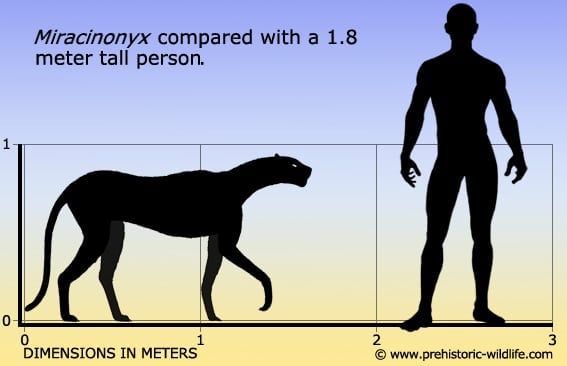
Although referred to as a Cheetah, it is thought Miracinonyx descended from Cougar like ancestors. Likely having evolved to hunt Pronghorn antelope, an animal most other predators would not bother trying to take down, Miracinonyx evolved many cheetah like features, and could probably attain similar speeds. However an interesting fact is that like Smilodon, the species of Miracinonyx vary in size and shape. There are two species, M. inexpectatus, and M. trumani. Inexpectatus may have been more primitive then Trumani as Inexpectatus was built more like a cougar, although its overall build was considerably more gracile. Inexpectatus also had fully retractable claws. The result of this build was that Inexpectatus was fast, while also retaining some of the strength of a cougar. Trumani had an even lighter build than M. inexpectatus, meaning that it was the most similar to the modern cheetah. Along with it's partly retractable claws that helped it gain more traction with the ground, Trumani was obviously the faster species. We do have a few Miracinonyx in this RP though, just so you know.
Panthera leo spelaea (Eurasian Cave Lion)
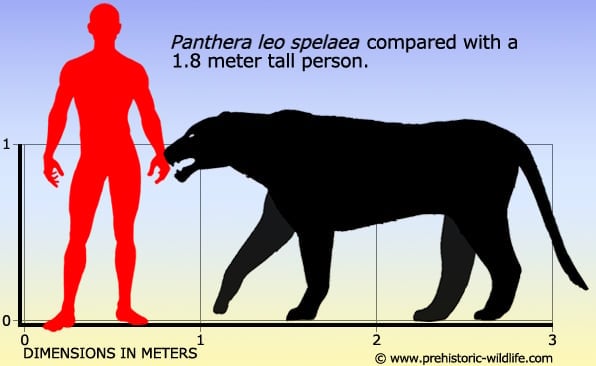
The Eurasian Cave Lion is one of the three species of Cave Lion. It is the smallest of the Cave Lions, though not by much. Cave paintings indicate cave lions had rounded, protruding ears, tufted tails, possibly faint tiger-like stripes, and at least some had a "ruff" or primitive mane around their necks, possibly indicating males. The Eurasian lion likely lived similar to African Lions of today. A big game hunter, the Eurasian Cave Lion would have hunted prey like Horses, Reindeer, Bison and even injured, old or young mammoths. Cave Paintings show several Lions hunting together, which further supports the idea they hunted in Prides.
Panthera leo fossilis
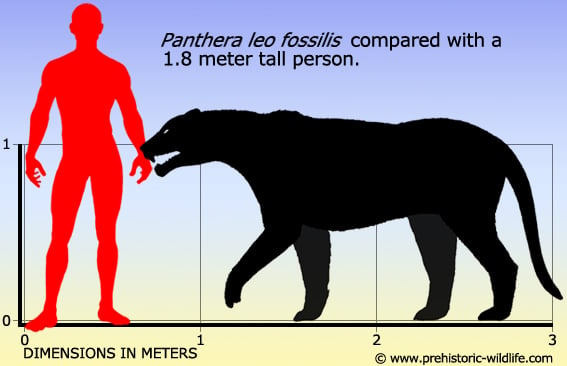
Fossilis is the earliest known cave Lion, and was likely the ancestor of the Eurasian and American Lions. It was larger then the Eurasian Lion, but smaller then the American Cave Lion. Being more primitive then the Eurasian Lion, it is also likely that Fossilis had a primitive mane too, instead of the full fledged, advanced one of modern lions.
Panthera leo atrox (American Cave Lion)

The American Lion was the largest species of Cave Lion, and one of the largest felines overall. It is similar to the other Lions, and likely closely related enough it could breed with them and have healthy offspring. The American Lion estimated the American lion is estimated to weigh roughly 420 kg (930 lb), and was less heavily built then Smilodon.
Mustelidae
Plesiogulo (Giant Wolverine.)
Megalictis (Giant Wolverine.)
Ekorus (Giant Wolverine.)
Pinnipeds
Primates
Gigantopithecus (Largest known Primate.)
Dinopithecus (Giant Baboon.)
Marsupial Mammals
Thylacoleo (Also known as the Marsupial Lion.)
Thylacosmilus (The Sabertooth Marsupial.)
Thylacine (Also known as the Tasmanian Tiger/Wolf.)
Borhyaena
Birds
Phorusrhacids (More commonly known as the Terror Birds.)
Teratornithidae (Biggest Feathered Fliers.)
Harpagornis moorei (The Haast's Eagle.)
Reptiles
Serpentes (Snakes)
Titanoboa. (Largest known Snake.)
Gigantophis
Wonambi
Crocodilia (Crocs, Alligator's, etc.)
Purussaurus (Caiman-like Crocodile.)
Mourasuchus (Alligator-like Crocodile.)
Gryposuchus (Gharial-like Crocodile.)
Rhamphosuchus (Gharial-like Crocodile.)
Quinkana (The Terrestrial Crocodile.)
Monitor Lizards.
Varanus priscus (Megalania.)
Herbivores/Omnivores that prefer flora over meat.

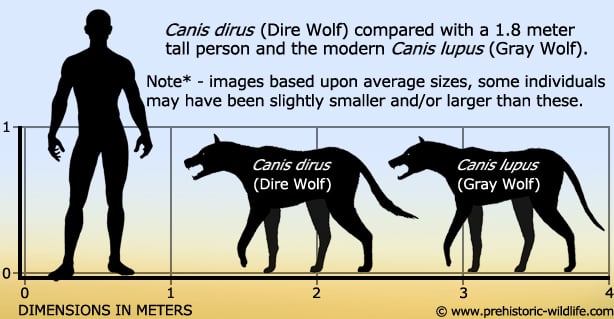
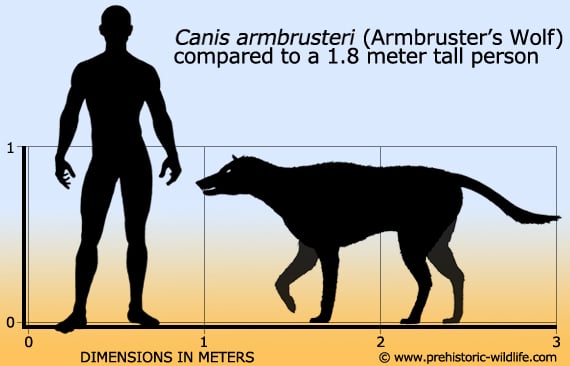
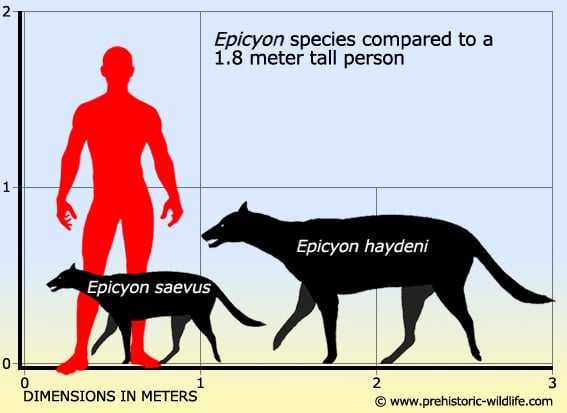
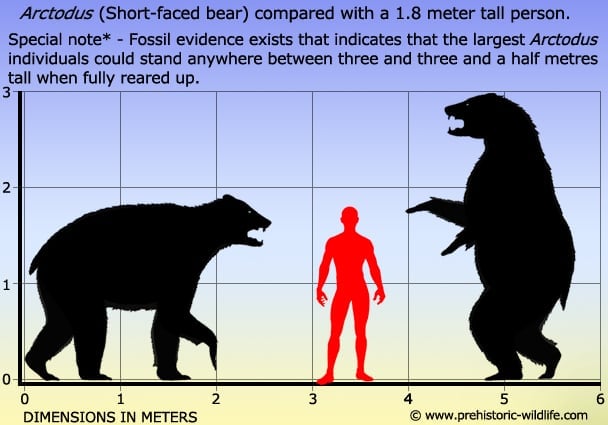
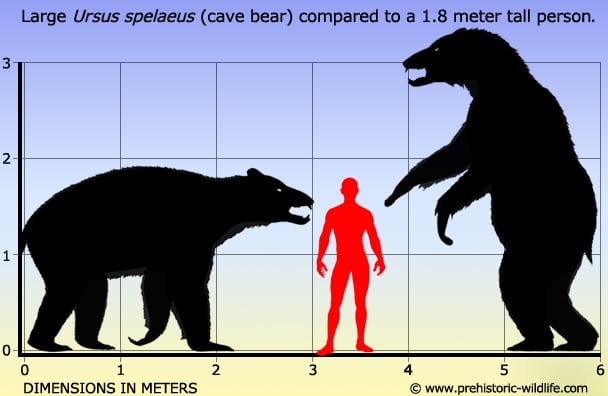
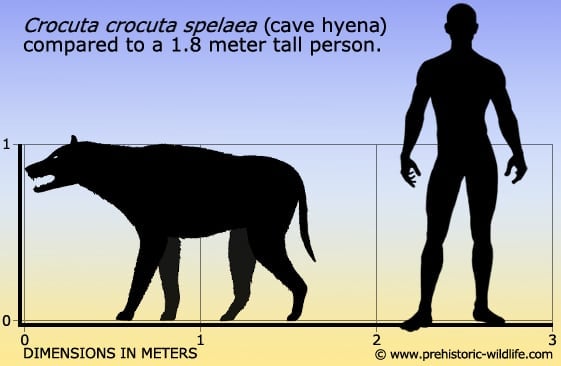


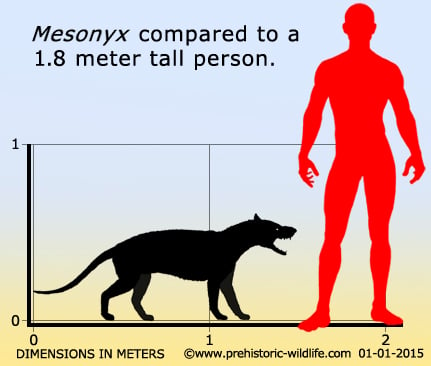
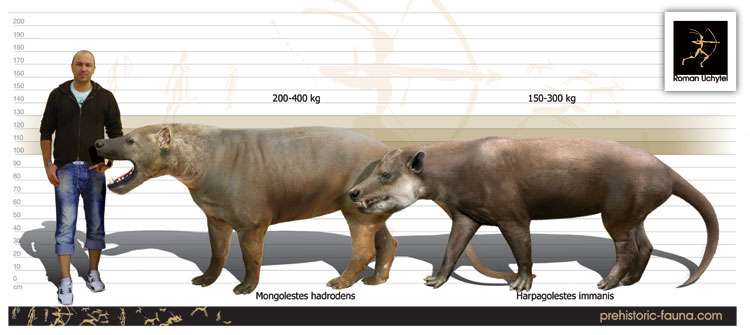
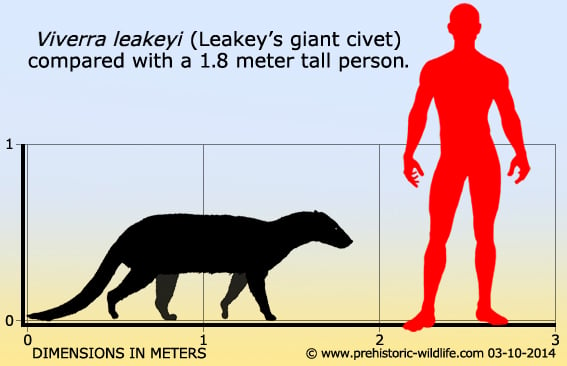
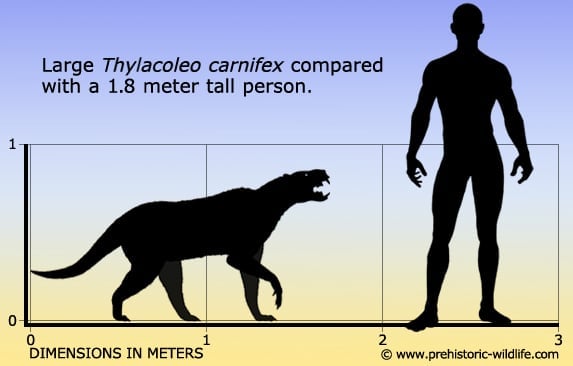
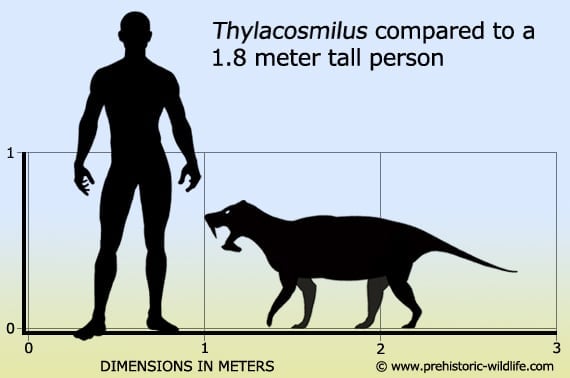
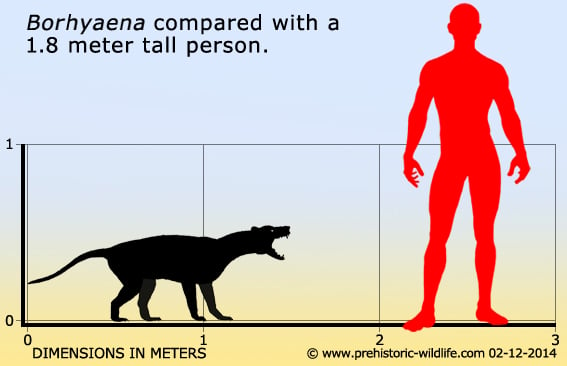
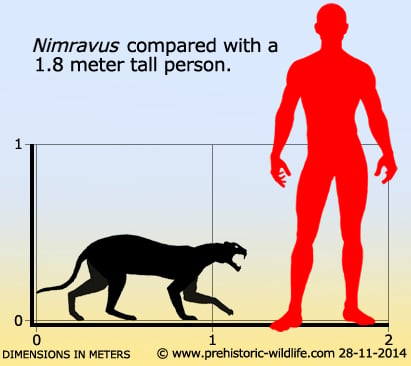
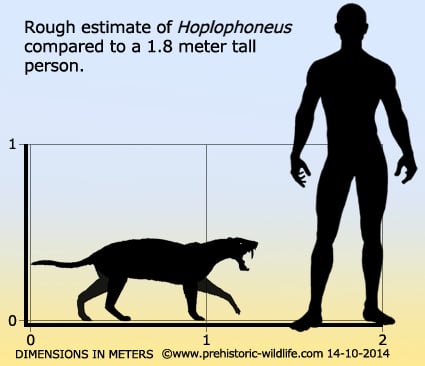
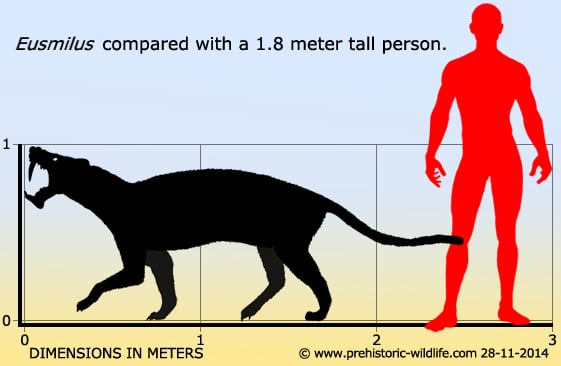

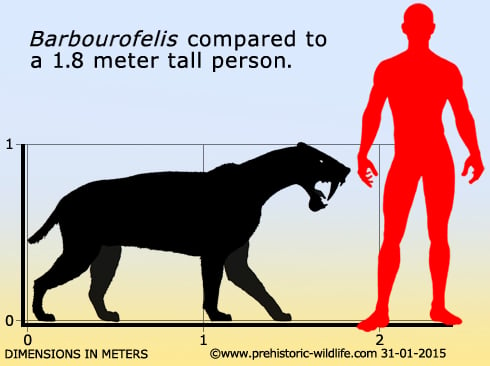



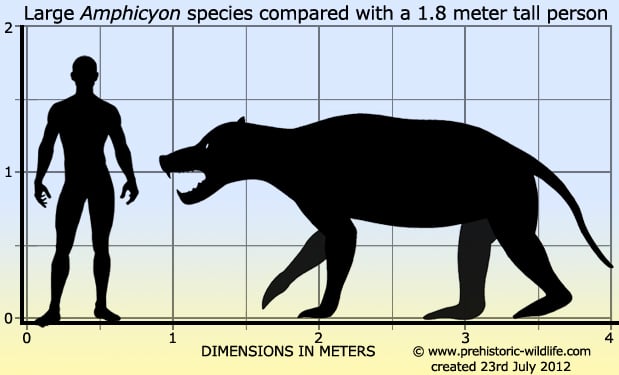
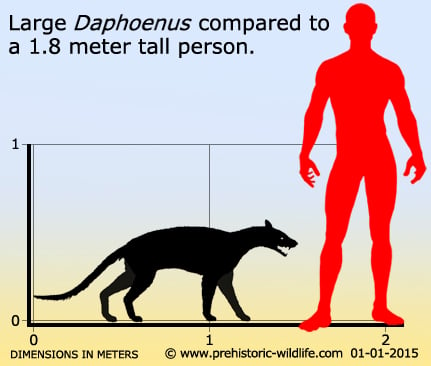


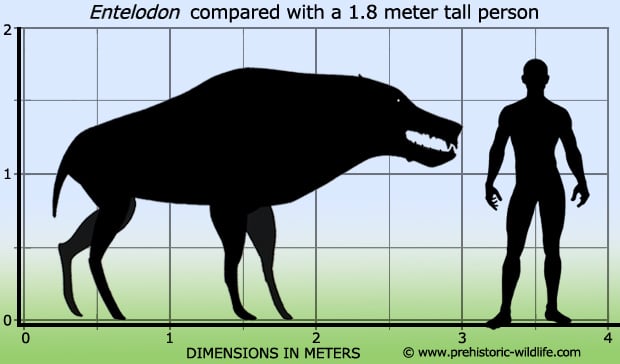
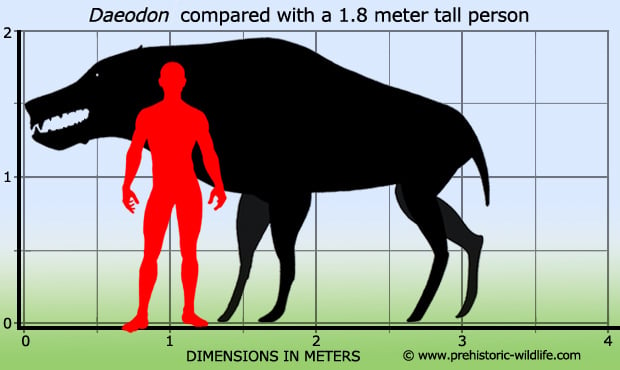
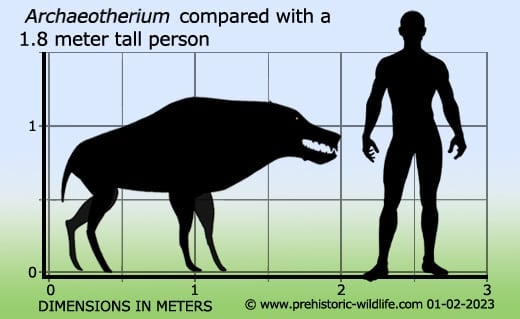
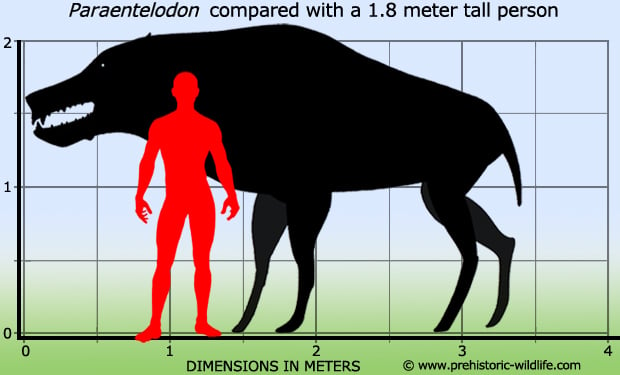



 I have left FH behind and nowadays I mainly play Valorant. I hope everyone is doing okay and you're having great lives! <3
I have left FH behind and nowadays I mainly play Valorant. I hope everyone is doing okay and you're having great lives! <3